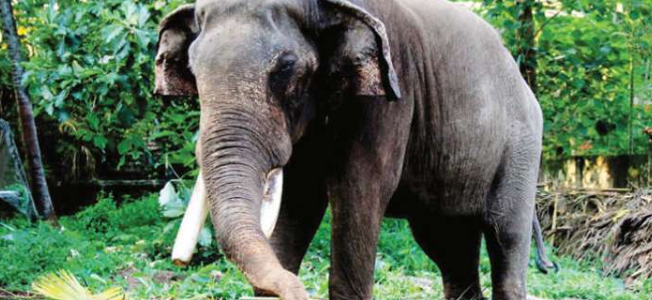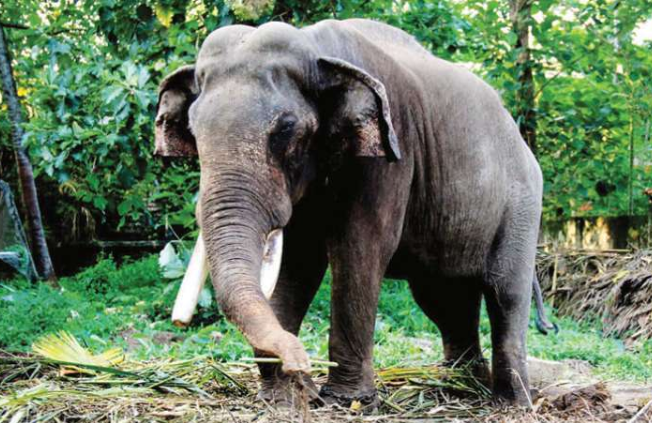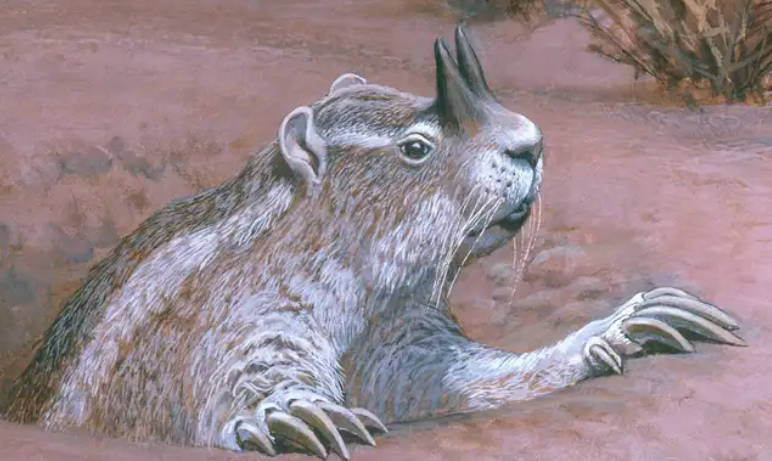
Survival of Indian elephants

There are less than 20, 000 Indian elephants surviving in India and less than 800 tuskers.
Kerala and Odisha top the list with dozens of deaths each year.
The railways have killed elephants after they die by running down and beaten by the forest department. Some elephants are illegally captured in the wild jungles of Assam and then sold to private owners in Kerala.
The elephant helps disperse seeds to faraway locations and creates tropical forests. Trees depend on their eaters for seed dispersal as the seeds pass through their guts and come out digested with dung and germinate when conditions are right.
“As go elephants, so go the trees” a message published in the May issue of Forest Ecology and Management which found over a dozen elephant-dependent tree species suffered catastrophic population declines after elephants were eradicated from their ecosystems. The fruit-bearing trees rely on elephants as their primary means of seed distribution via megafaunal dispersal syndrome.
With elephants controlling the tree population, grasses thrive and sustain grazing animals such as antelopes, wildebeests, Zebras and small animals like mice and shrews burrow in warm, dry soil.
The elephants leave a path of destruction by creating corridors through woodlands and digging deep holes in the dry riverbeds, which are beneficial to other animals as deep holes collect water. The corridors also prevent the spread of wildfires.

The only rodent ever to have horns on their noses belong to a group of squirrel-like rodents called mylagauids who lived between 16 and 5 million years ago. The new species of these horned gophers have now been discovered and, suggest that they used their horns to fight off predators and lived in North America.
